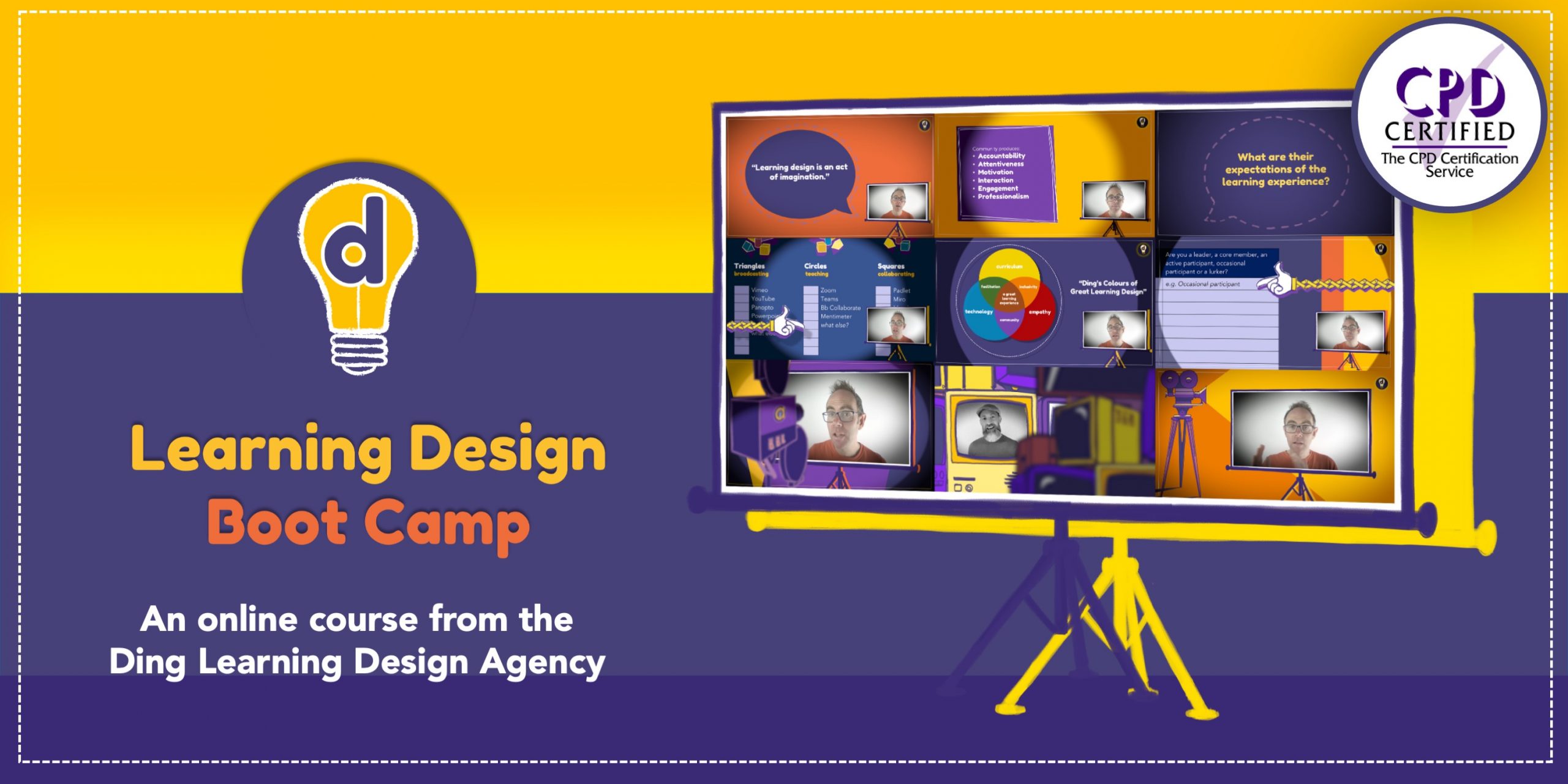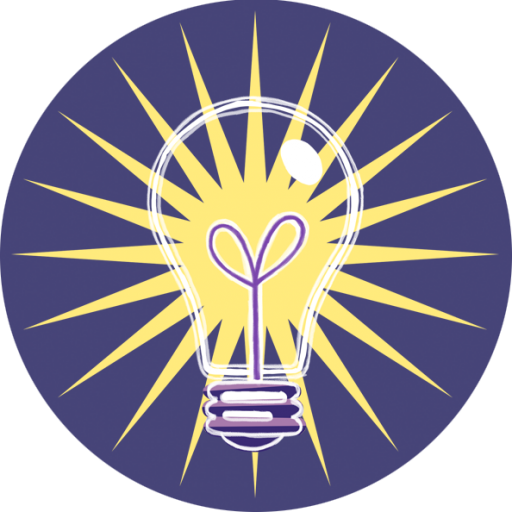‘People with ADHD are often highly creative, determined, and able to tackle large and complex problems.’
Colley (2009).
AI is ‘the perfect partner for ADHD creativity’, says coach Andrew Lewis, who has worked with ADHD (Attention Deficit Hyperactive Disorder) business people for over 20 years and may know a thing or two.
He says: ‘By leveraging AI technology, ADHD adults can overcome the challenges of routine tasks, enhance productivity, and unleash their creative potential.’ It’s important to emphasise the benefits of ADHD, because all too often it is misunderstood – and as a result perceived negatively as a ‘problem’ in terms of learning.
Early experiences of ADHD
In childhood, people with ADHD may have been left out since they could be disruptive. For starters, mothers organising parties for 20 tots might want to avoid what they might perceive as ‘tricky little people’ because they see them as badly behaved and probably the result of bad parenting (it’s very hard for parents too.)
These little people may have been difficult to handle in class: restless, interrupting, wanting immediate feedback, inattentive, easily distracted. They may have fallen behind in literacy skills because they haven’t been able to focus long enough to get their mind round reading and writing. So not much room there for praise and encouragement from the teacher.
These bad experiences of school can leave them with a negative view of formal learning, a view which often persists into adulthood.
Noticing ADHD
ADHD is a neurodevelopmental disorder with three subtypes or rather, ‘presentations’:
- Predominantly inattentive
- Predominantly hyperactive/impulsive
- A combination of the two.
Some will have fewer or weaker symptoms by the time they reach university; some will not have been diagnosed or will have been misdiagnosed (as Bipolar, perhaps, or having Borderline Personality Disorder). And then there’s a whole lot of people who don’t get diagnosed until adulthood – mothers, for instance, who didn’t know about ADHD until their child was diagnosed with it. And, of course, some who never know.
With all three presentations, you’ll find ‘significant emotional instability’, according to ADHD specialist Philip Asherton. Low self-esteem and sleep problems are common, and emotional instability may demonstrate itself in irritation, frustration, anger and mood swings across the day.
People with ADHD may also suffer from anxiety, depression or other mental health disorders, and their problems with procrastination can be a further barrier to learning.
Diagnosing ADHD can take a long time, and since 2013 the process may also include an assessment for autism (ASD). The figures for co-occurrence of ADHD and autism vary wildly, but they are convincing enough to suggest this joint assessment makes sense. As a result of a positive diagnosis for ADHD, many people will be offered drugs, which are useful for 70% of ADHD people but may have unhelpful or unpleasant side effects.
How learning designers can help learners with ADHD
As a high percentage of people with ADHD are also dyspraxic or dyslexic, it’s useful for learning designers to remember the golden rule: ‘Get it right for the dyslexic and you will probably get it right for everyone else.’
But you might want to consider even more carefully how you make sessions busy, interactive, lively, fresh and fun so that you keep those with ADHD engaged.
Among the suggestions offered to support ADHD students in the comprehensive AdvanceHE Toolkit are these, all of which you might usefully take into account when developing a course:
- consider presenting course material in a creative and engaging way (which clearly benefits everybody);
- aim to stimulate a range of senses by providing, for example, visual aids and hands-on experience;
- create opportunities to use AI assistants to help students organise their time, money, deadlines, meetings and commitments;
- link course material to personal stories, visual images and sounds;
- help students break assignments and reading tasks into small, manageable chunks;
- provide clear, detailed instructions about course structure, key dates, assessment requirements and practical arrangements, in both oral and written forms;
- provide reading lists as early as possible: offer guidance to key texts, and allow an in-depth study of a few texts in place of broader study;
- teach using a variety of formats – handouts, overheads, worksheets, films, flow charts and diagrams;
- consider using different colours to help students process visual information;
- provide a list of subject terms and acronyms;
- repeat and emphasise important information.
People with ADHD may have had a very tough time. A significant percentage will find themselves incarcerated (some 25% of the prison population have ADHD), and may also struggle with drugs or alcohol in order to compensate for the shortage of dopamine.
But there is a bright side. Among the possible strengths that ADHD can bring are creativity, originality, big picture problem-solving skills, and high energy. People with ADHD can also be very productive: their capacity for risk-taking may lead to discoveries, their tendency to hyper-focus may help them see things others do not, and they can be very determined, resilient, generous and entrepreneurial (Colley, 2009).
They need learning experiences that help them make the most of these incredible qualities.
Useful resources
Colley, M. (2009) ‘Attention Deficit (Hyperactivity) Disorder–AD(H)D’ in Pollak, D. (ed.) Neurodiversity in Higher Education: positive responses to specific learning differences Chichester: Wiley-Blackwell, pp.169-194
Hallowell, E. and Ratey, J. 50 Tips for the Non-Medication Treatment of Adult ADHD.
King’s College London Understanding ADHD: current research and practice.’ A short course from KCL.
Lewis, A. Unleashing ADHD creativity with AI: a perfect match. Simply Wellbeing
There is also growing evidence that Mindfulness can improve working memory and attention in adults with ADHD. This program from Shambhala was designed specifically for ADHD adults.
‘Body doubling’ helps many people with ADHD get down to study, bill paying, cleaning, aspects of work – anything they might find difficult to do alone. For information see: https://add.org/the-body-
You might also like:
Want to learn how to design for ADHD?
Download the brochure to find out more about Ding’s Learning Design Bootcamp
Have a look at some
of the course videos
Book a call with the Ding team who will answer all your questions






Trackbacks/Pingbacks